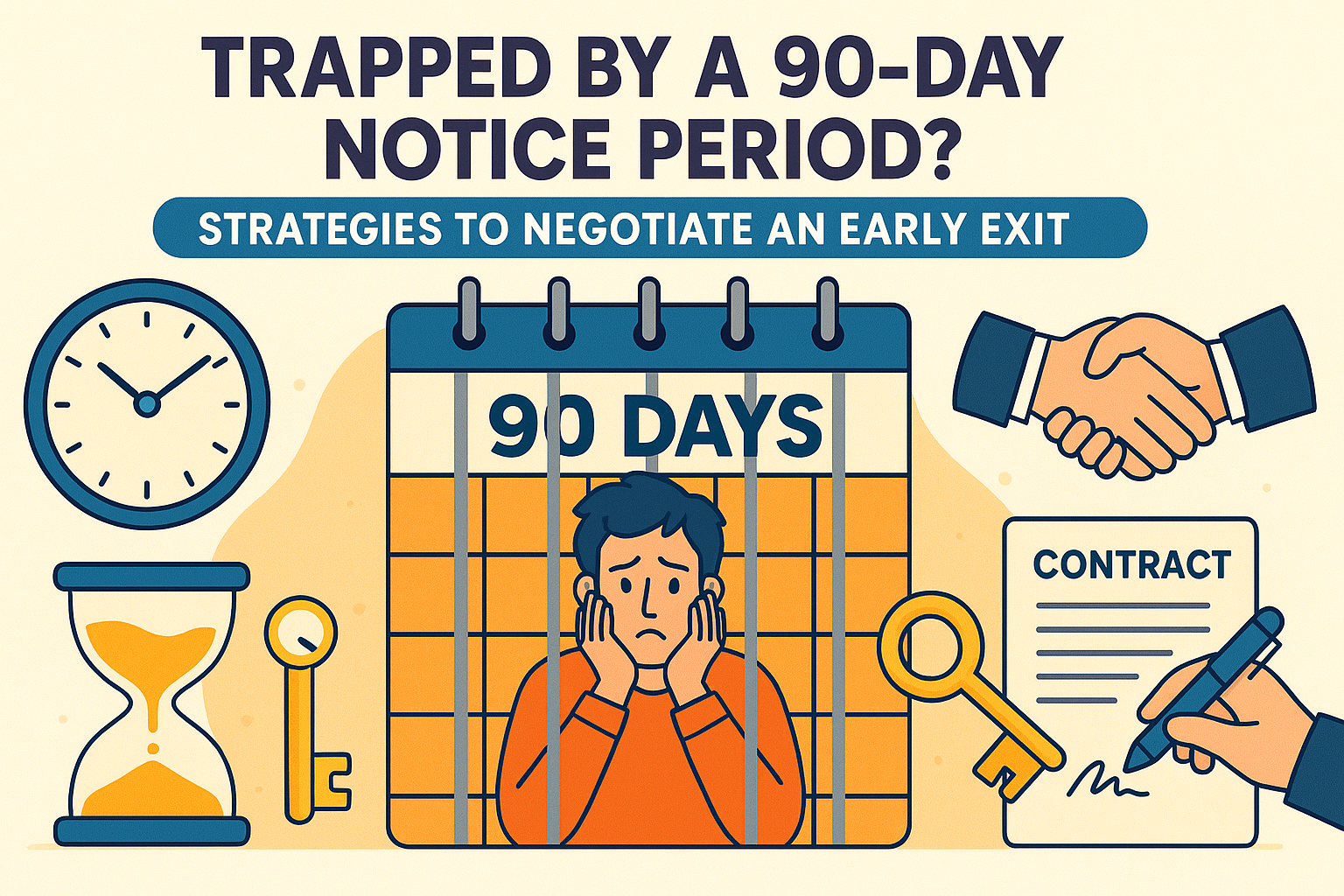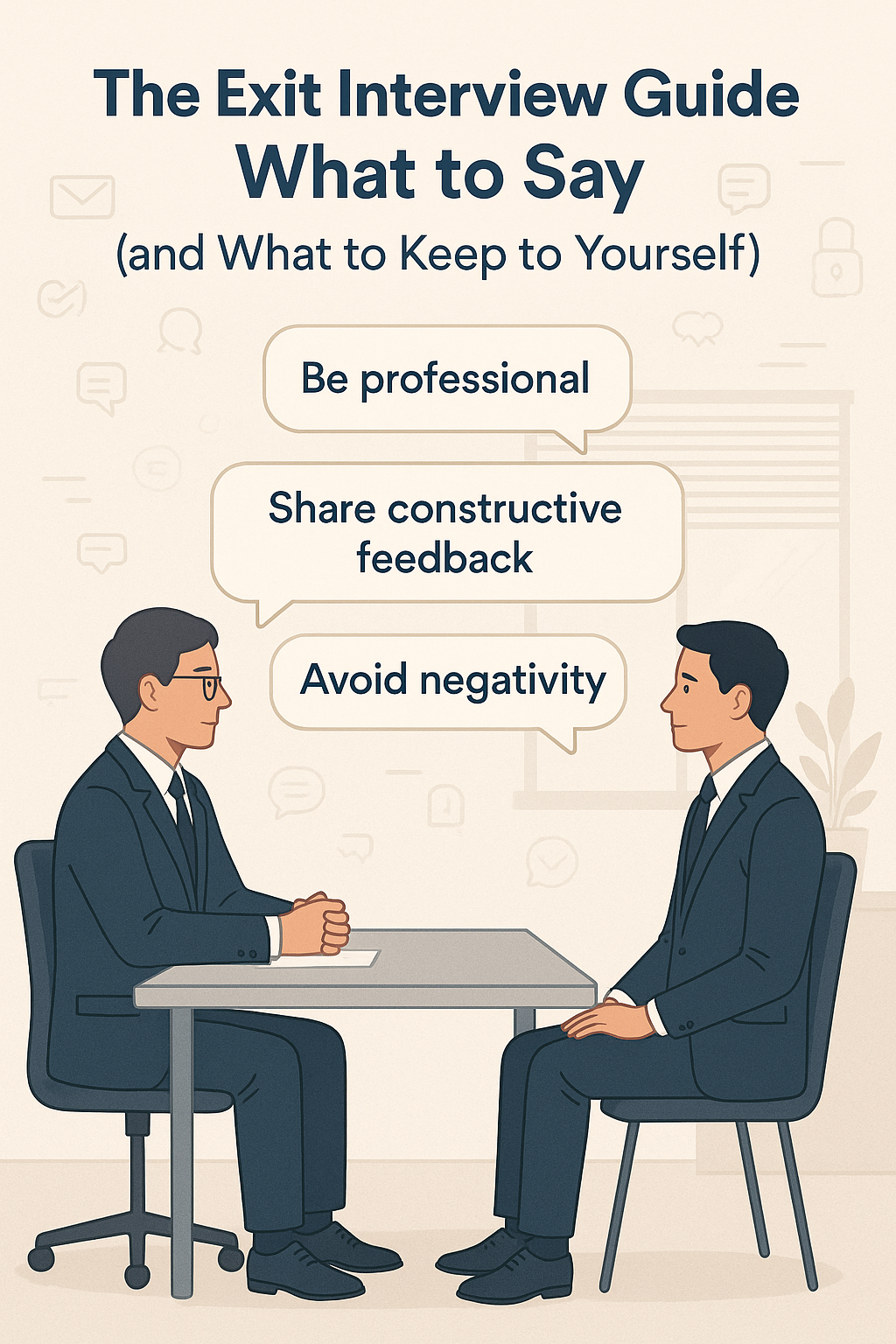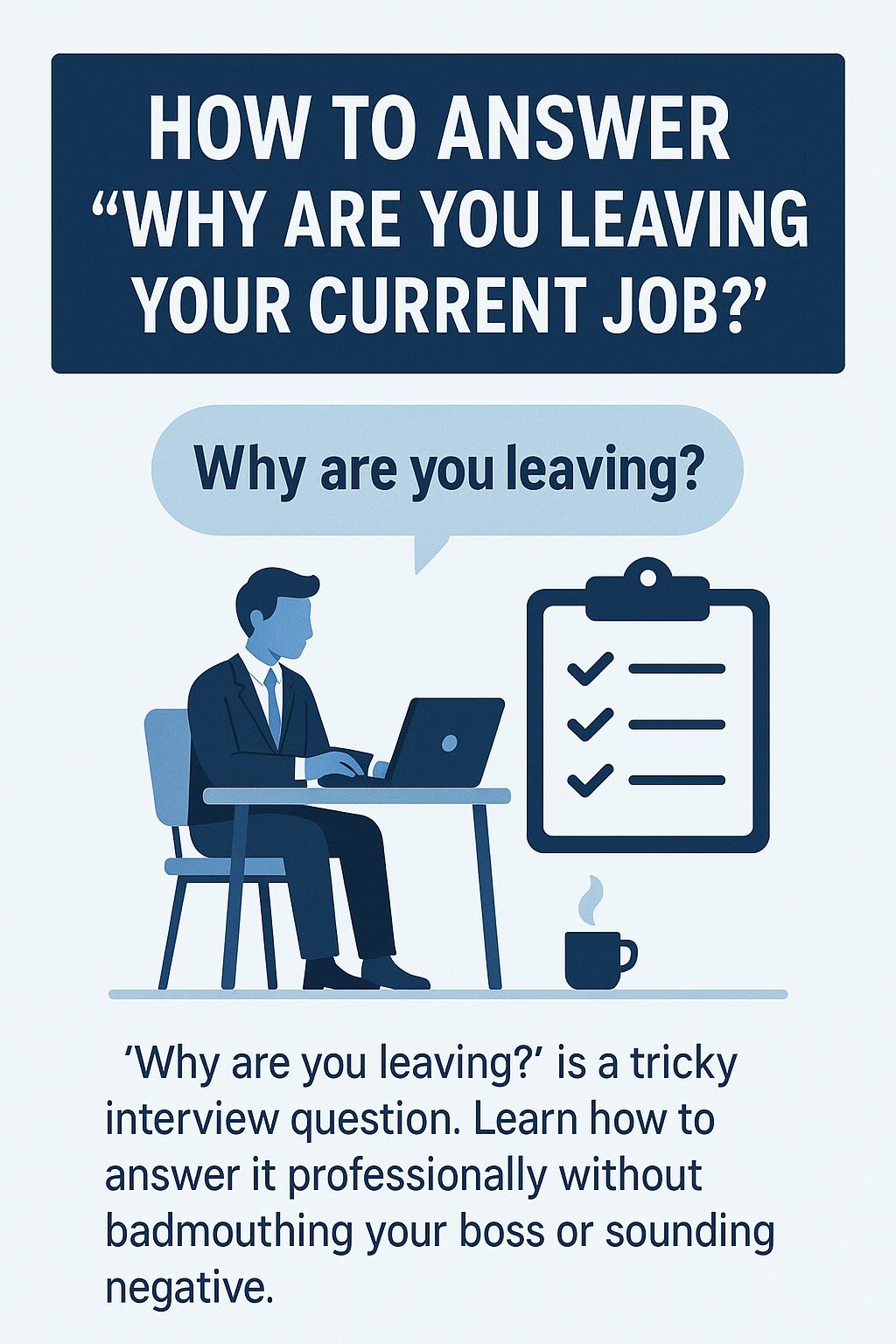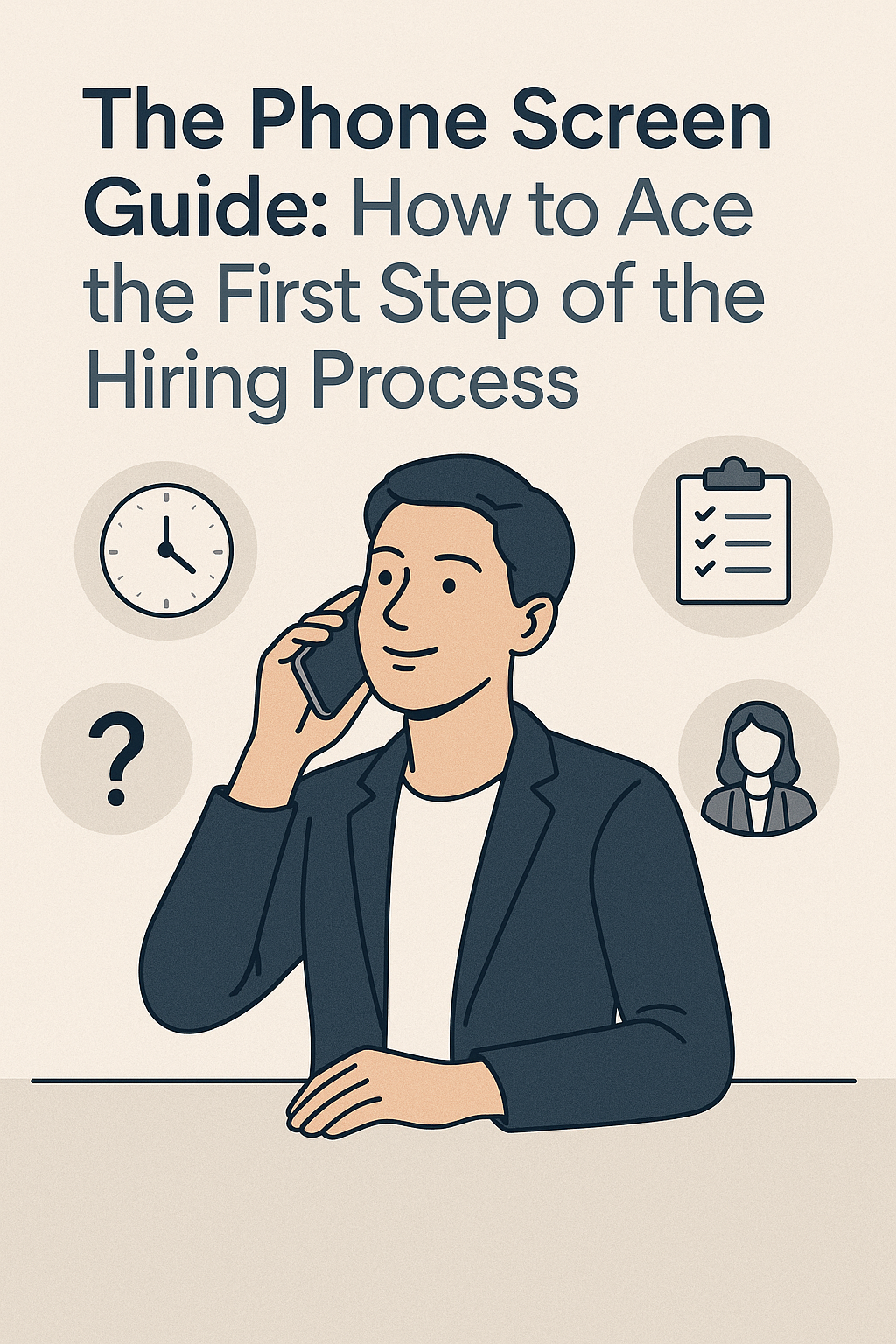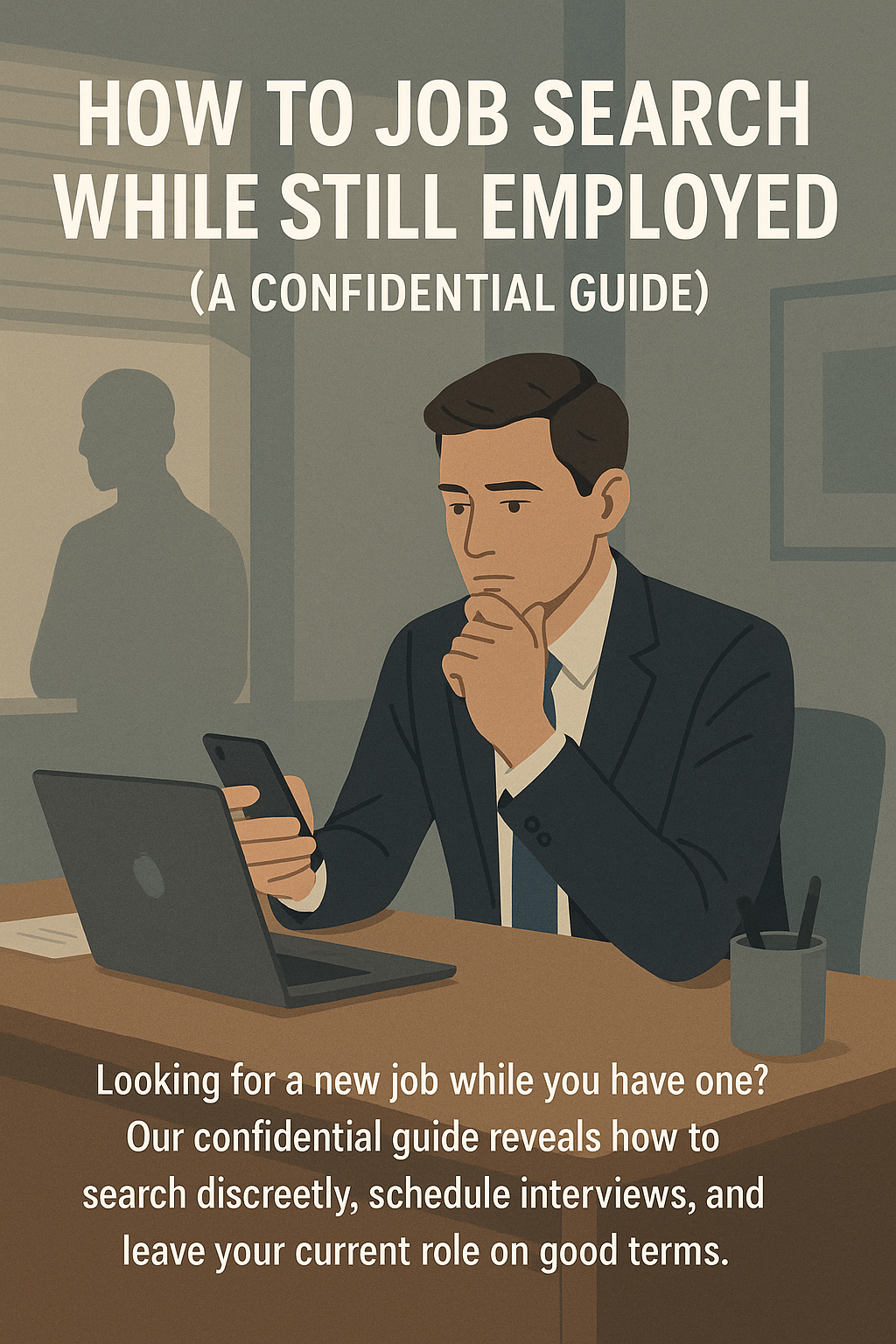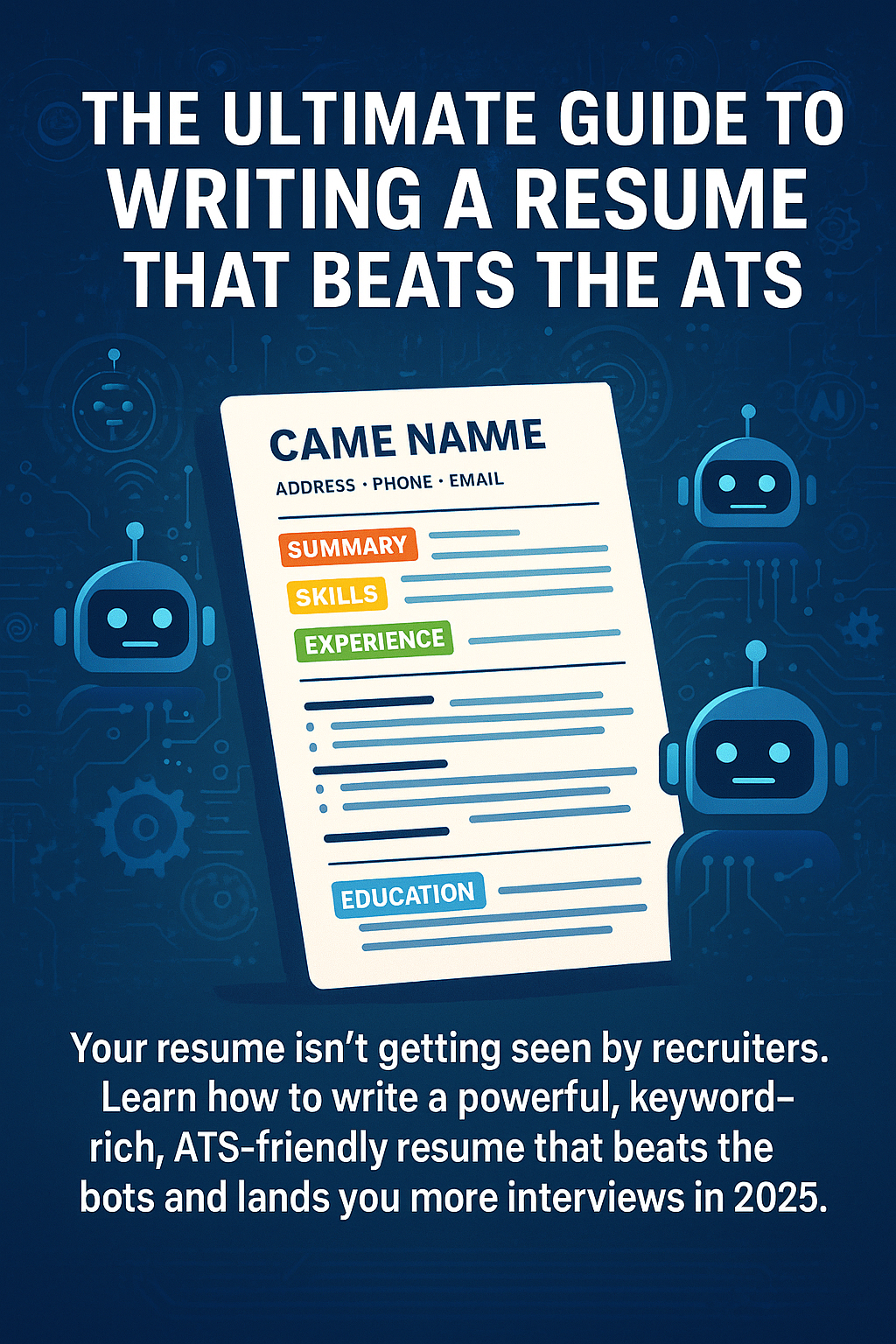
The Ultimate Guide to Writing a Resume That Beats the ATS
So you’ve found the perfect job. The role description feels like it was written just for you. You are qualified, experienced, and genuinely excited about the opportunity. You spend hours polishing your resume, making sure every detail is perfect, and you hit ‘submit’ with a sense of confidence. And then… nothing. Crickets.
Days turn into weeks, and you're left wondering what went wrong. The frustrating reality is that your resume, the one you poured so much effort into, was likely never even seen by a human being. Welcome to the world of the Applicant Tracking System, or ATS.
It's the invisible gatekeeper of the modern hiring process, a piece of software that scans, sorts, and ranks your resume long before it ever has a chance to impress a recruiter. More than 95% of large companies and a growing number of smaller ones use an ATS to manage the sheer volume of applications they receive. If your resume isn't formatted and written in a language this bot understands, you are effectively invisible.
But here’s the good news: you can beat the bot. Understanding how an ATS works is the first step to crafting a resume that sails through the screening process and lands directly in the "to-interview" pile. This guide will break down everything you need to know to turn your resume from an ATS-reject into an interview-generating machine. Let’s get you hired.
What is an Applicant Tracking System and How Does It Think?
Think of an ATS as a highly specialized search engine for recruiters. When a company posts a job, they receive hundreds, sometimes thousands, of applications. It's impossible for a human to read them all. So, they use an ATS to do the initial heavy lifting.
The software scans each resume for specific keywords, skills, titles, and other criteria that the recruiter has programmed into the system based on the job description. It then scores each resume based on how well it matches these criteria. Resumes that score high are passed along to the recruiter for human review. Those that score low are often discarded into a digital black hole, never to be seen again.
The ATS doesn't understand nuance, creativity, or your unique potential. It is a literal-minded machine that follows a set of rules. It thinks in terms of keywords and matches. It looks for standard headings like "Work Experience" and "Education." It parses information in a linear, top-to-bottom fashion. Fancy graphics, columns, and unconventional fonts don't impress it; they confuse it.
Your job is not to impress the bot with design, but to feed it the exact information it's looking for in a format it can easily digest. This means a strategic shift in how you think about resume writing. You are no longer writing just for a human; you are writing for a robot first.
A great first step is to see how your current resume stacks up. Using a tool like JobPe's ATS Check can give you instant feedback on your resume's compatibility and show you exactly where the bots might be getting stuck. It’s a crucial diagnostic tool before you start rebuilding.
The Foundation: Formatting for Bot-Friendly Readability
Before you even think about keywords, you need to get the structure right. A clean, simple, and predictable format is your best friend. Forget the fancy templates you might find online with multiple columns, text boxes, and skill-rating bubbles. While they might look visually appealing to a human, they are a nightmare for an ATS parser.
The software reads from left to right and top to bottom, and complex layouts can cause it to jumble or completely ignore entire sections of your resume.
Simple is Strategic: Your Layout Rules
Your layout should be clean, professional, and above all, simple. Use a standard, single-column format. Use standard fonts like Arial, Calibri, or Times New Roman in a readable size, typically between 10 and 12 points.
Avoid using headers and footers for critical information like your contact details, as some systems are programmed to skip these sections. Use standard section headings. Be predictable. Instead of "My Professional Journey," use "Work Experience." Instead of "Where I Learned My Craft," use "Education." Other standard headings include "Skills," "Certifications," and "Professional Summary."
Use clear, consistent formatting for your job entries, including your title, the company name, and the dates of employment. The reverse-chronological format is the gold standard for a reason—it’s what both the ATS and recruiters expect. It puts your most recent, relevant experience right at the top where it’s most impactful. Stick to simple bullet points to describe your achievements; circles or squares are universally recognized by all ATS platforms. The goal here is to create zero friction for the parsing software.
The Heart of the Matter: Keyword Optimization
This is where the real magic happens. If formatting is the skeleton, keywords are the lifeblood of your ATS-friendly resume. The ATS is fundamentally a matching game. It's looking for the keywords from the job description to be present in your resume. Your mission is to strategically embed these keywords throughout your document in a natural and authentic way.
Decoding the Job Description
The job description is your cheat sheet. Before you write a single word, you need to dissect it. Print it out or copy it into a document and start highlighting. Look for the key skills, qualifications, and responsibilities. Pay close attention to both hard skills (like "Python," "Salesforce," "SEO," "Agile Methodology") and soft skills (like "team leadership," "strategic planning," "communication").
Create a master list of these keywords. Notice the exact phrasing they use. If they ask for "project management," make sure your resume says "project management," not just "managed projects." The ATS is very literal. It’s also important to consider variations and acronyms. For example, if the job mentions "Search Engine Optimization," you should include both the full phrase and the acronym "SEO."
Weaving Keywords into Your Resume
Once you have your keyword list, it's time to integrate them. Your resume should be a compelling story of your career, not just a list of keywords. Stuffing keywords where they don't belong will make your resume unreadable for the human who eventually sees it.
Instead, weave them into the narrative of your achievements. Your Professional Summary at the top is prime real estate. It should be a 3-4 line pitch that is packed with your most relevant skills and titles.
Your Work Experience section is where you’ll do the most work. For each bullet point, try to incorporate a keyword while describing a quantifiable achievement. For example, instead of "Responsible for social media," a much stronger, keyword-rich bullet would be: "Developed and executed a comprehensive social media strategy across four platforms, leveraging Hootsuite for scheduling and Google Analytics for tracking, which resulted in a 25% increase in audience engagement." This single bullet point includes multiple potential keywords and demonstrates tangible results.
Finally, have a dedicated "Skills" section. This is a great place for a clean list of your hard skills, technologies, and software proficiencies. It’s a quick-scan section for both the ATS and the human recruiter.
If you’re struggling to articulate your achievements or find the right keywords, consider using a smart tool. The JobPe Resume Builder is an AI-powered platform that can analyze a job description and suggest the most impactful keywords and phrases to include in your resume, helping you tailor it perfectly for each application. You can even check your resume's effectiveness with an AI Score to see how it stacks up before you apply.
Putting It All Together: A Final Checklist for Success
Crafting an ATS-friendly resume requires a new way of thinking, but the process is straightforward once you understand the rules of the game. Before you submit your next application, run through this final checklist.
- Is your format a clean, single-column layout?
- Are you using standard, readable fonts and section headings?
- Is your contact information in the main body of the resume, not the header?
- Have you thoroughly analyzed the job description for keywords?
- Are those keywords naturally integrated into your summary and work experience bullet points?
- Are your achievements quantified with numbers, percentages, or metrics wherever possible?
- Is your file saved in the correct format, usually a .docx or .pdf as specified in the application?
By following these steps, you are not just trying to trick a system. You are strategically presenting your skills and experience in the clearest, most impactful way possible for the first gatekeeper of your next job. You are ensuring that your qualifications get the attention they deserve.
The world of job searching has changed, and the tools we use to navigate it must change too. Embracing this new approach is the key to getting your foot in the door. Once your resume makes it through, you can focus on acing the next stage with resources like common interview questions and other prep materials.
For more resources on acing every step of your job search, visit us at https://jobpe.com.

Creative Content Writer


